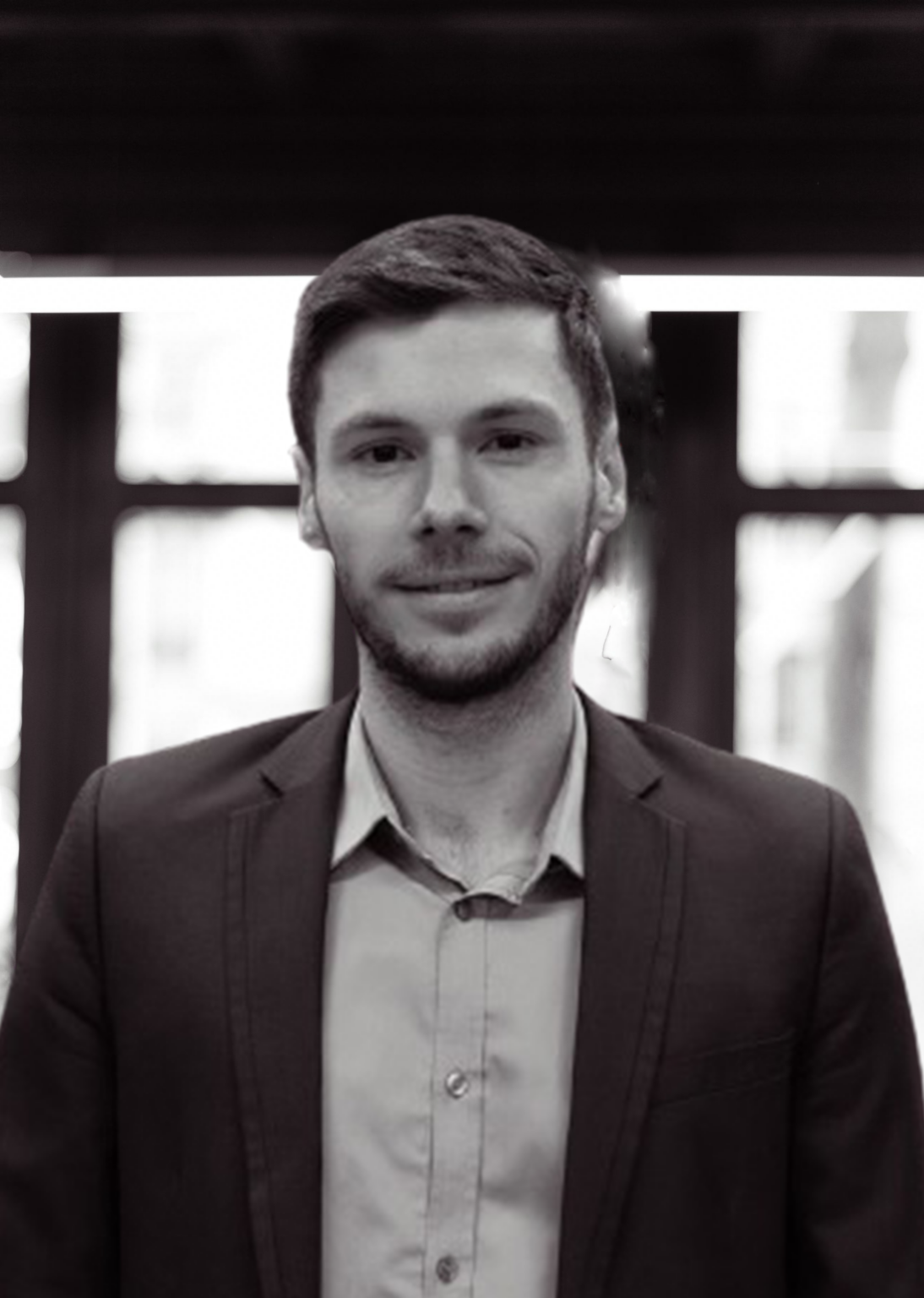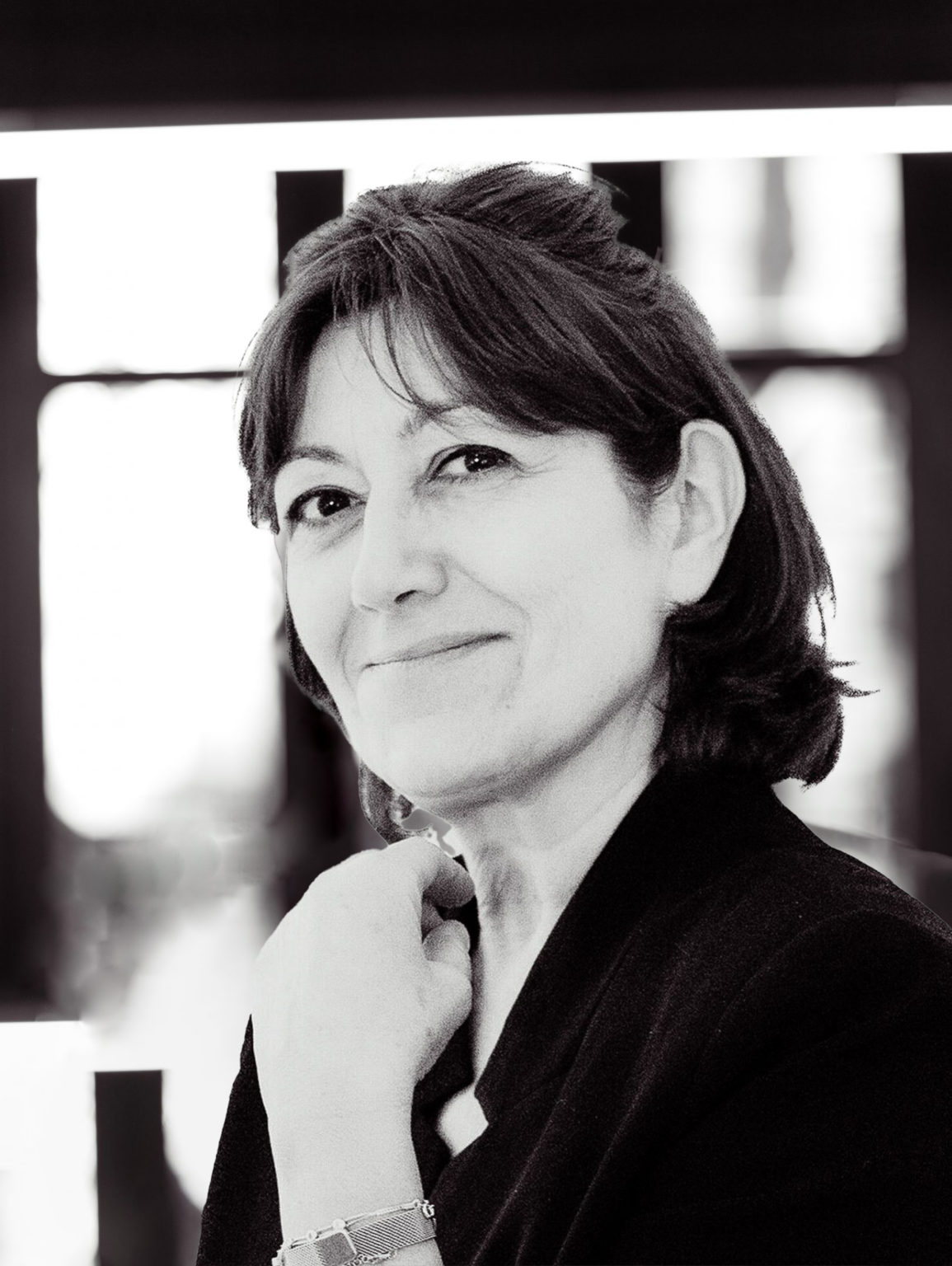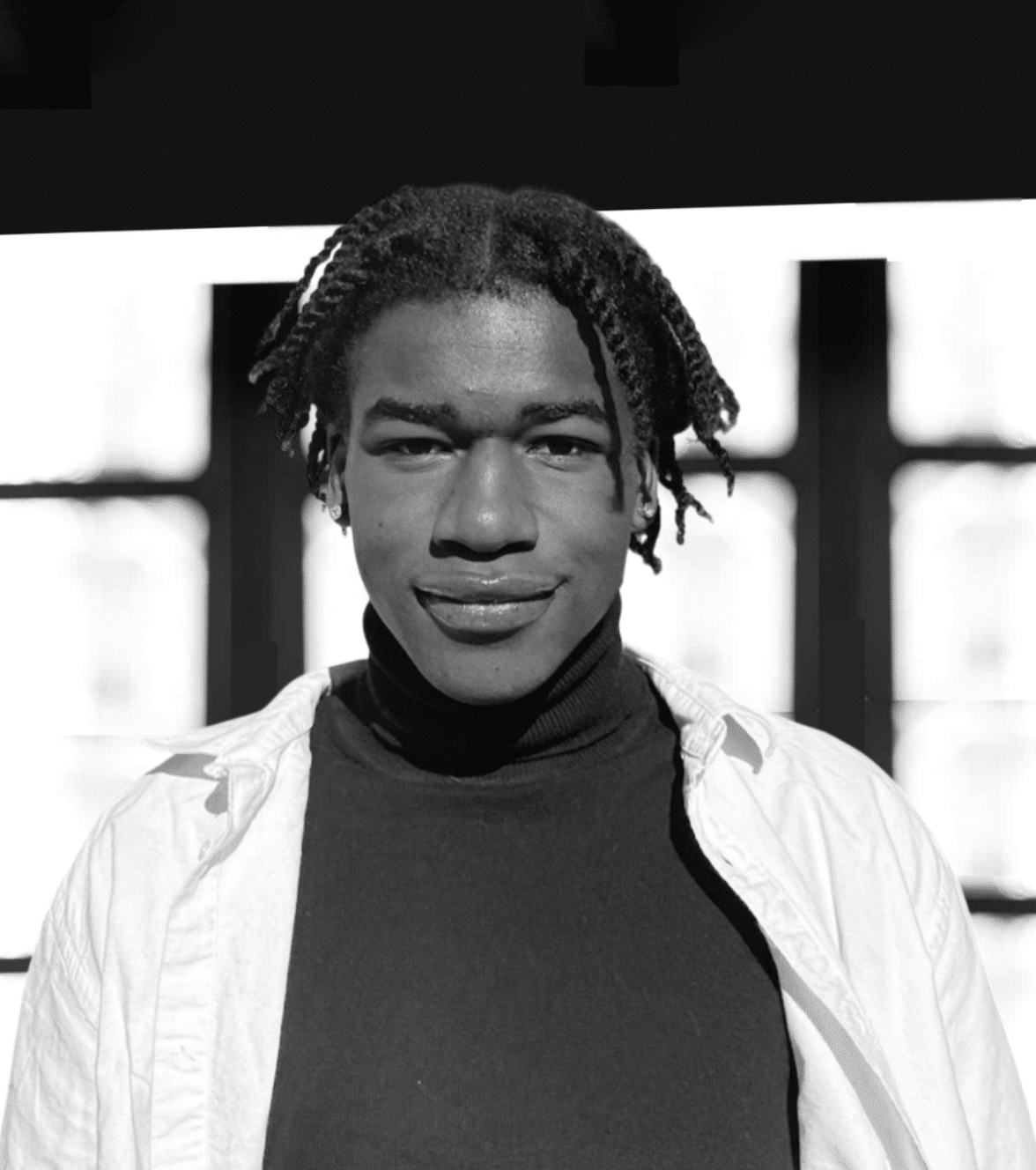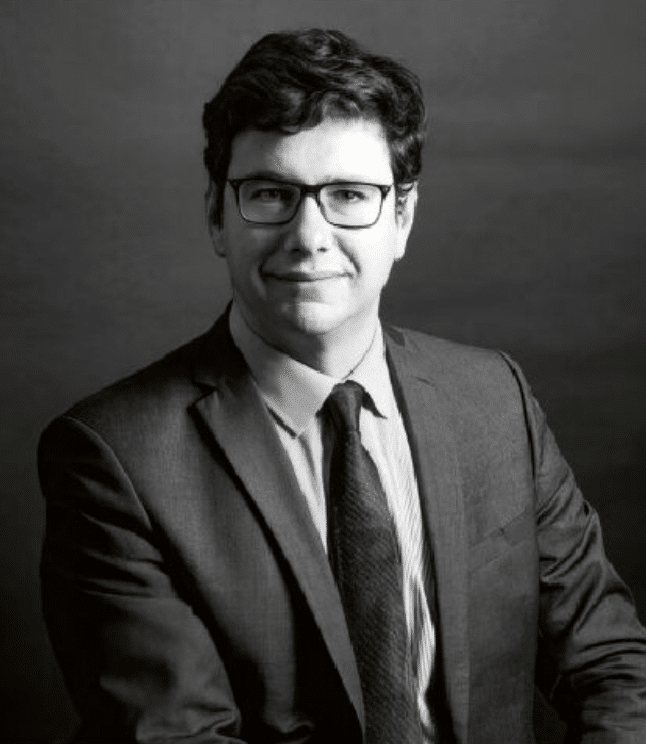Clotilde WARIN Editor-in-Chief of La Revue [vc_btn title= »Download article » style= »outline » color= »primary » align= »right » i_icon_fontawesome= »fa fa-file-pdf-o » add_icon= »true » link= »url:http%3A%2F%2Fconfrontations.org%2Fwp-content%2Fuploads%2F2017%2F10%2FInterface-108-Proceedings-of-the-conference-Refugees-p1.pdf||target:%20_blank| »] With the arrival of summer, the number of migrants arriving at European ports has regrettably risen once again. The Italian authorities are sounding the alarm – over 85,000 migrants arrived at their ports from January to June 2017, with almost 20,000 reaching Greece. Although a far cry from the 885,000 migrants arriving in Greece in 2015, we cannot escape the facts: the influx of migrants in Europe is not about to end. Most of these new arrivals are arriving from West Africa, and even South Asia, no longer simply from Syria, Afghanistan, Iraq and Eritrea. Europe is having to cope with “mixed flows”, making the distinction between (political) refugees and (economic) migrants even more difficult. Candidates for exile are fleeing not only countries in which authoritarian governments are violating the rights of political opponents
Ce contenu est réservé aux abonné(e)s. Vous souhaitez vous abonner ? Merci de cliquer sur le lien ci-après -> S'abonner












